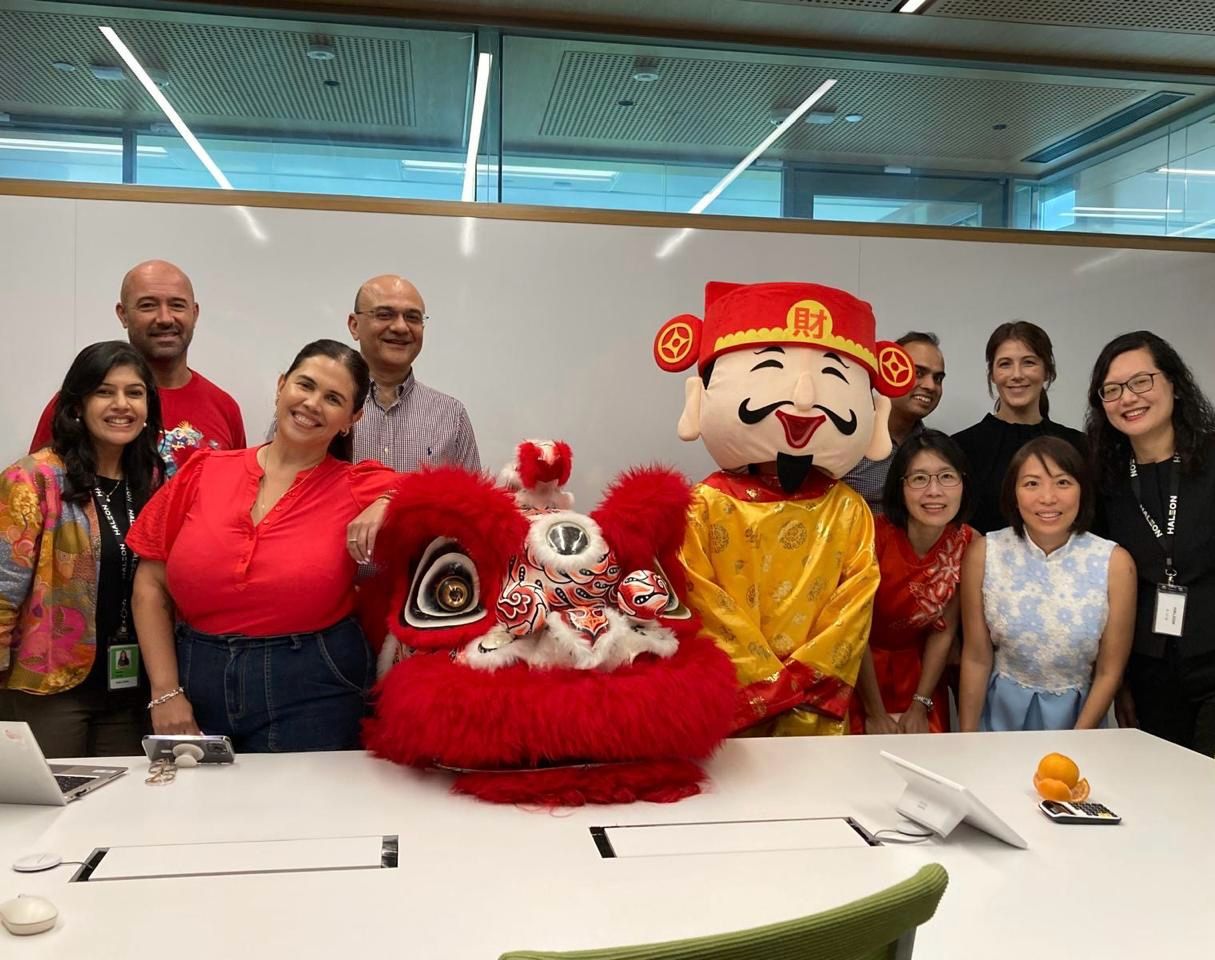Reigniting organisational creativity with the power of leading by design
- HRM Asia Newsroom

While technology continues to innovate and disrupt how change is navigated, many organisations are also looking for more innovative ways to adapt and thrive in today’s work environment.
I would argue that change is not new. The world has constantly been changing; the industrial revolution in the 1700s, for example, saw the world go from using horses and carts to having steam engines and factories. That was an era defined by unprecedented economic growth and change.
 “By integrating design thinking into their approaches, HR leaders are transforming job roles, enhancing onboarding experiences, developing career pathways, and fostering inclusive workplace cultures.” – Ruth Gellert-Neale, Chief People Officer, Technology, APAC and EMEA, JLL.
“By integrating design thinking into their approaches, HR leaders are transforming job roles, enhancing onboarding experiences, developing career pathways, and fostering inclusive workplace cultures.” – Ruth Gellert-Neale, Chief People Officer, Technology, APAC and EMEA, JLL.
Like those who have gone before us, we are also in an era driven by disruptive change, where human resources (HR), business leaders and academics are called upon to embrace innovative approaches that drive organisational success. One such approach gaining traction is “leading by design,” which leverages design thinking principles to foster innovation and collaboration. In this article, we will delve into research, highlighting the impact of leading by design in organisations and how it can add value to HR and business practices.
What is leading by design:
Herbert A. Simon was the first to mention design as a way of thinking in his 1969 book, The Sciences of the Artificial. He then went on to contribute many ideas throughout the 1970s, which are now regarded as principles of design thinking, including the concept of prototyping. Simon was quoted as saying, “To understand them, the systems had to be constructed, and their behaviour observed.” In other words, to problem solve you need to have an element of creativity, emphasising empathy for stakeholders, problem definition, ideation and continuous iteration. By incorporating these principles HR leaders can cultivate a mindset focused on creativity, agility, and human-centricity, driving innovation, and enhancing the employee experience.
Unlocking success: The power of leading by design
Studies have shown that design thinking can significantly boost innovation capabilities within an organisation and that those who embraced design thinking outperformed their peers on revenue growth and market share. As leaders, we need to think how we can harness the power of leading by design, what we need to do to encourage leading by design thinking, and how can we make it simple and practical to implement for our teams.
Strategic implementation
Implementing new and experimental ways of working requires trust and belief from leaders that this can eventually have a positive impact on the bottom line. It can be a challenging task, but experience has shown that finding a curious and willing pilot group can yield long-term benefits. For the team involved, it is an opportunity to showcase their work to others in the organisation, while for the organisation itself, it offers a chance to test out innovative approaches. McKinsey’s “Five Fifty: Leading by Design” research reveals that companies that embrace this mindset achieved a remarkable 32% higher revenue growth over five years, compared to industry counterparts.
Top 5 tips for implementing design thinking:
1. Start small: Define a challenge that the organisation is facing and that has yet to be solved. Establish a cross-functional, cross-generational and diverse team of individuals to work on it.
2. Embrace experimenting: Try changing the location of where your team collaborate and encourage them to work outside or in locations they have not worked in before. “HR needs to create the conditions that drive creativity and collaboration, transforming the employee experience and unlocking innovation potential.” – McKinsey Design Insights. This has never been truer when it comes to implementing design thinking and leading by design principles.
3. Walk the walk, not talk the talk: It is important that HR does not just talk the talk and not practice what it preaches. HR leaders play a vital role in promoting innovation and collaboration, which in turn shapes the employee experience, strengthens talent management practices, and enables cross-functional collaboration. Now is the time for HR leaders to embrace this way of thinking and experiment and be the first to demonstrate its value and impact.
4. Continuous learning: To encourage innovation and creativity, organisations need to embrace a culture of continuous learning where being curious is rewarded and recognised. A Harvard Business Review article discussed the impact of design thinking on organisational culture. The research found that organisations embracing design thinking fostered a culture of experimentation, risk-taking, and continuous learning, which led to increased innovation, employee engagement, and organisational agility. Organisations can consider giving employees four days a year for personal learning of their choice, encourage them to share what they have learnt with their teams and celebrate their successes.
5. Business endorsement: It is critical to have the leadership team endorse leading by design principles, and they need to be seen as actively driving this culture of creativity and embracing fast failing.
Final thoughts
In conclusion, the adoption of leading by design principles in HR is reshaping talent management practices and driving innovation within organisations. By integrating design thinking into their approaches, HR leaders are transforming job roles, enhancing onboarding experiences, developing career pathways, and fostering inclusive workplace cultures. These efforts have a profound impact on attracting and retaining top talent, improving employee engagement, and enabling organisational success.
As champions of change, HR leaders are propelling their organisations forward in today’s dynamic business landscape, creating an environment that thrives on innovation, collaboration, and growth. With design thinking at the forefront, the future of work is being shaped, ensuring organisations are poised for continued success.
Coaching leaders to embrace leading by design principles is a strategic and personalised process. It begins with educating leaders about design thinking and its benefits through workshops and real-world examples. A growth mindset is encouraged, emphasising continuous learning and experimentation.
READ MORE: From resilience to growth: Strategic priorities for CHROs in Asia
Leading by example, coaches model design thinking in their coaching approach. Collaboration and cross-functional engagement are prioritised to gather diverse perspectives and drive innovation. Leaders are guided in embracing an iterative approach, testing ideas and incorporating feedback. Measuring and celebrating success reinforce the value of leading by design. Through this coaching process, leaders become agents of change, driving innovation and success within their organisations. Let us be agents of change and lead by design to positively impact our organisation!
About the Author: Ruth Gellert-Neale is Chief People Officer, Technology, APAC and EMEA, JLL. Join her at CHRO Singapore 2024 on 18 September at the One Farrer, where she will be part of the fireside chat titled, Leveraging Technologies to Build a Foundation for The Next Evolution of Work.






